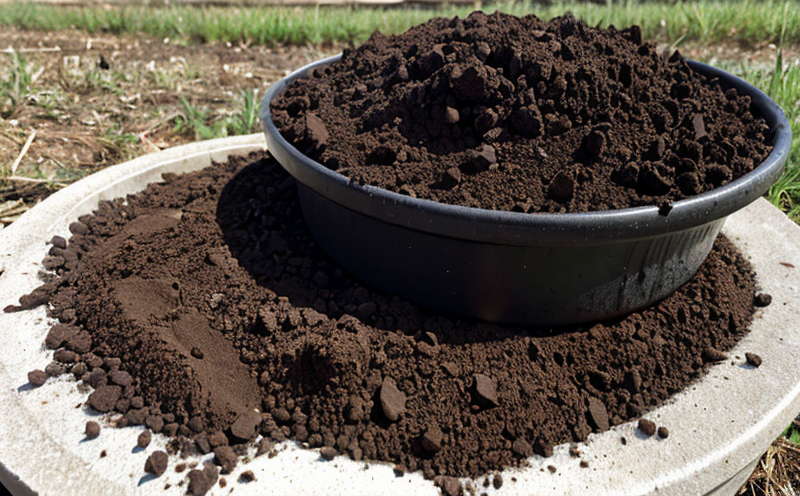EN 14999 Batch Leaching of Hazardous Waste Residues
The European Standard EN 14999 provides a method for determining the leachability of hazardous waste residues using batch leaching techniques. This standard is crucial in ensuring that hazardous wastes are managed and disposed of safely, minimizing environmental risks associated with their release into soil or water bodies.
Batch leaching involves placing solid waste materials in contact with a liquid leaching agent for an extended period under controlled conditions. The goal is to simulate real-world scenarios where waste might interact with surrounding environments. By measuring the amount of hazardous substances that leach out, this method helps assess the potential environmental impact and compliance with regulatory standards.
The process typically starts with carefully selected waste samples collected from various sources such as landfills, incineration facilities, or industrial processes. These samples are then prepared according to prescribed procedures outlined in EN 14999, which ensures consistency across different laboratories performing these tests.
Once prepared, the samples undergo batch leaching using deionized water at room temperature for a specified duration—usually ranging from several hours up to one week depending upon the specific requirements of each application. During this time, any hazardous constituents present in the waste material may dissolve into the liquid phase.
After leaching, the resulting solution is analyzed using various analytical techniques including pH measurement, gravimetric analysis, spectrophotometry, and chromatography to quantify the concentration of target pollutants like heavy metals, organic compounds, or other harmful substances. Compliance with relevant national and international regulations such as those specified in ISO 15267-4:2019 for sampling and preparation can further enhance reliability.
Accurate interpretation of results is essential when evaluating whether a particular waste stream poses significant risks to human health or ecosystems. Laboratories must possess the necessary expertise, equipment, and facilities to conduct thorough analyses that align with the prescribed methodology defined in EN 14999.
Understanding these nuances allows stakeholders involved in managing hazardous wastes to make informed decisions about treatment methods, storage practices, and disposal strategies. Proper implementation of batch leaching protocols not only contributes towards sustainable waste management but also supports broader efforts aimed at protecting natural resources from contamination.
Applied Standards
- EN 14999:2014 - Batch leaching of hazardous waste residues
- ASTM D5338-18 - Standard test method for determining the leachability of hazardous constituents from solid waste by batch percolation using water as the leaching agent.
The European Norm (EN) 14999 provides a comprehensive framework for assessing the potential environmental impacts caused by hazardous waste through its batch leaching procedure. It complements other international standards like ASTM D5338 which focuses specifically on using water as the leachant.
Benefits
Implementing EN 14999 batch leaching tests offers several key advantages:
- Regulatory Compliance: Ensures adherence to stringent environmental protection laws and regulations.
- Risk Assessment: Identifies hazardous materials that could pose risks during transport, storage, or disposal processes.
- Data Accuracy: Provides reliable data for decision-making regarding waste management practices.
- Public Confidence: Demonstrates commitment to environmental stewardship and public health protection.
By leveraging these benefits, organizations can enhance their reputation while ensuring compliance with regulatory requirements. This approach fosters trust among stakeholders and contributes positively to both corporate social responsibility initiatives and broader sustainability goals.
International Acceptance and Recognition
- EU Member States: All EU countries recognize EN 14999 as a harmonized standard, ensuring consistent application across borders.
- Nordic Countries: Norway, Sweden, Denmark, Finland, and Iceland use this method for evaluating hazardous wastes.
- Baltic States: Latvia, Lithuania, Estonia comply with the requirements set forth by EN 14999 when managing their waste streams.
- Candidate Countries: Countries aspiring to join the EU, such as North Macedonia and Montenegro, are encouraged to adopt this standard for their waste management practices.
The widespread adoption of EN 14999 highlights its relevance in addressing global challenges related to hazardous waste. Its acceptance by numerous countries underscores its significance in promoting best practices for environmental protection and sustainable development.





